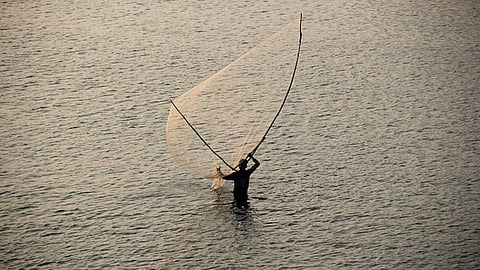
- Topics
- Feature
- Opportunities & Events
- About
- Hindi Portal
- Data
- Topics
- Feature
- Opportunities & Events
- About
- Hindi Portal
- Data

As India completes 70 years of its independence, let’s take a moment to introspect the contribution of science and technology to national development. Several scientific and technological developments have touched the lives of common people, though limelight is often hogged by achievements in fields like space and atomic energy.
In the past seven decades, India has built satellites and sent probes to the moon and Mars, established nuclear power stations, acquired nuclear weapon capability and demonstrated firepower in the form of a range of missiles. Undoubtedly these are all fabulous achievements of Indian scientists and technologists.
At the same time, scientific research, combined with favourable public policies, has made India self sufficient in the production of food, milk, fruits and vegetables, drugs and vaccines. All this has had great social and economic impact which directly and indirectly touched the lives of ordinary Indians. Developments in communications and information technology have enabled the timely forecast of weather and early warning of cyclones, saving thousands of lives. Among the many defining contributions of science and technology in the early years of Indian independence, blue and green revolutions stand out as exceptional. In the later years, India also began participating in global mega science projects taking bold steps to join international scientific quests.
Here’s a lowdown on some of India’s exceptional work in the past and some ongoing projects in the field of science and technology.
Predicting rain: The India Meteorological Department (IMD) is developing a dynamic weather prediction model involving 3D mathematical simulation of the atmosphere on the computer and to test variations of dynamic models to ferret out the best ones for the operational forecast of rainfall. While the ultimate goal is to get operational weather forecasts at a horizontal resolution of 12 km, by 2019, National Monsoon Mission will provide a block-level weather forecast. With the improvements in forecast, 24-hour track and intensity forecast error of the tropical cyclones reduced from 141 km to 97 km and “landfall error” from 99 km to 56 km during 2006 to 2015. The accurate forecast of the recent cyclones, Phailin, HudHud and Vardah saved thousands of human lives.